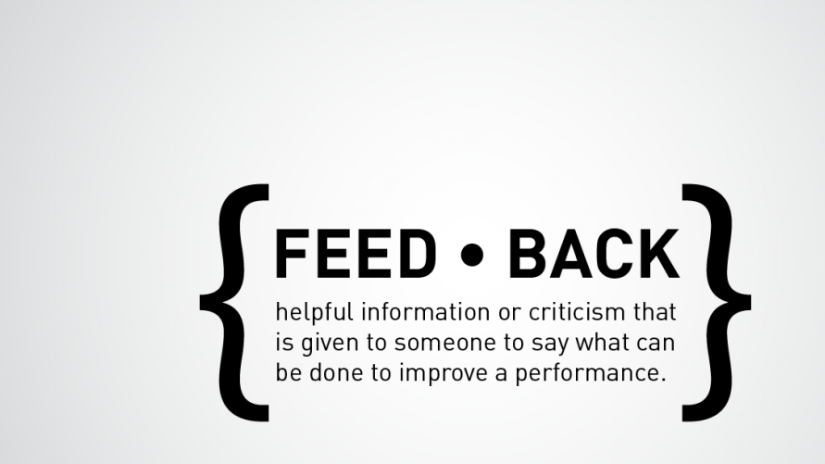
Giving negative feedback doesn’t have to turn into a screaming match – the way in which you approach a negative driver performance review can have a big impact on the results.
The fleet industry is notoriously haphazard when it comes to dealing with drivers who aren’t performing well. While some companies have good working methods, the majority are still using the ‘stick’ approach that usually leads to a very high staff turnover with few positive results. Finding better ways to give negative feedback to your drivers isn’t just a ‘nice’ thing to do, it’s an investment.
A solid team of drivers is a huge asset to any fleet company, but to build a good team you need to know how to point out mistakes in a way that makes staff want to improve, not resign. Here are 5 tips for sharing bad feedback with your drivers:
-
Self-Assessment
Ask your drivers to complete a self-assessment before you meet to go over their performance. This will give you great insight on how they perceive their strengths and weaknesses. Odds are, they’re already aware of slipping up and simply don’t know how to ask for help. In some cases, they may not realise how serious their mistakes were, simply because they don’t understand the bigger picture of the business.
This is often a great opportunity for managers to spot gaps in training. Using their self-assessment as a starting point makes it easier to lead into giving negative feedback, especially if it’s clear they’re already aware of the situation. This will allow you to address the problem without it feeling as though you’re specifically digging for negatives. It becomes an open discussion instead.
-
Point our strengths or positives
Every driver will have certain strengths and weaknesses. When dealing with negative feedback, make a point of reminding them of their strengths and areas where they excel. This makes negative feedback easier to accept, and will also motivate them to work on their weaknesses and turn them into strengths.
The point of giving negative feedback is to change poor behaviour or performance – you will only achieve this if you offer help and encouragement.
-
Check your facts
Even the best managers can make the mistake of reacting to incorrect, or incomplete, information. Especially if your driver made a serious mistake that could have resulted in an accident. No matter how angry or concerned you are, don’t just react on second-hand information. Depending on the situation, you may be able to get actual telematics data or paperwork to back up your point. Most of us are much more accepting of negative feedback when we can see the data for ourselves.
-
Use their job description as a reference
Nobody likes hearing that they’re not doing a great job, and our first reaction is to try find a way around it. Make sure all your drivers have clear and up-to-date job descriptions and always use these as a reference when dealing with negative feedback. This lends weight to your feedback as you can show the employee that doing something in a certain way has always been a clear part of their job.
-
Consider and discuss the circumstances
There’s a big difference between someone who has made a specific mistake once, and a driver who repeatedly neglects certain aspects of their job. Also take into account personal circumstances, such as divorcee or ill family members. This isn’t to say circumstances can be used as an excuse, but if you show some understanding of the situation it shows your employees that you care. Once again, this is a much better motivator to improve performance than simply checking off a list of negatives.
As mentioned, the point of giving negative feedback is to improve performance, and the best way to do this is to create an environment where staff aren’t resentful of negative feedback, but rather see it as an opportunity to learn and advance their career.
